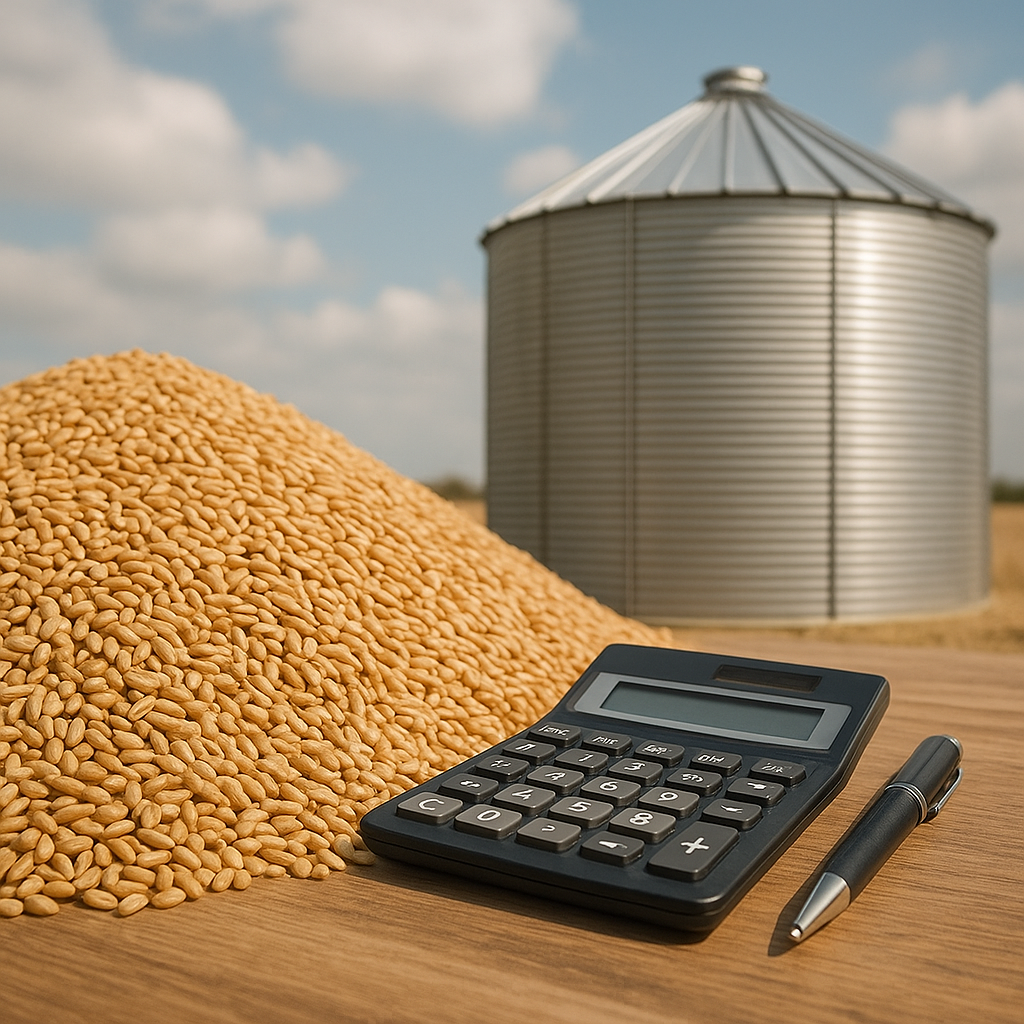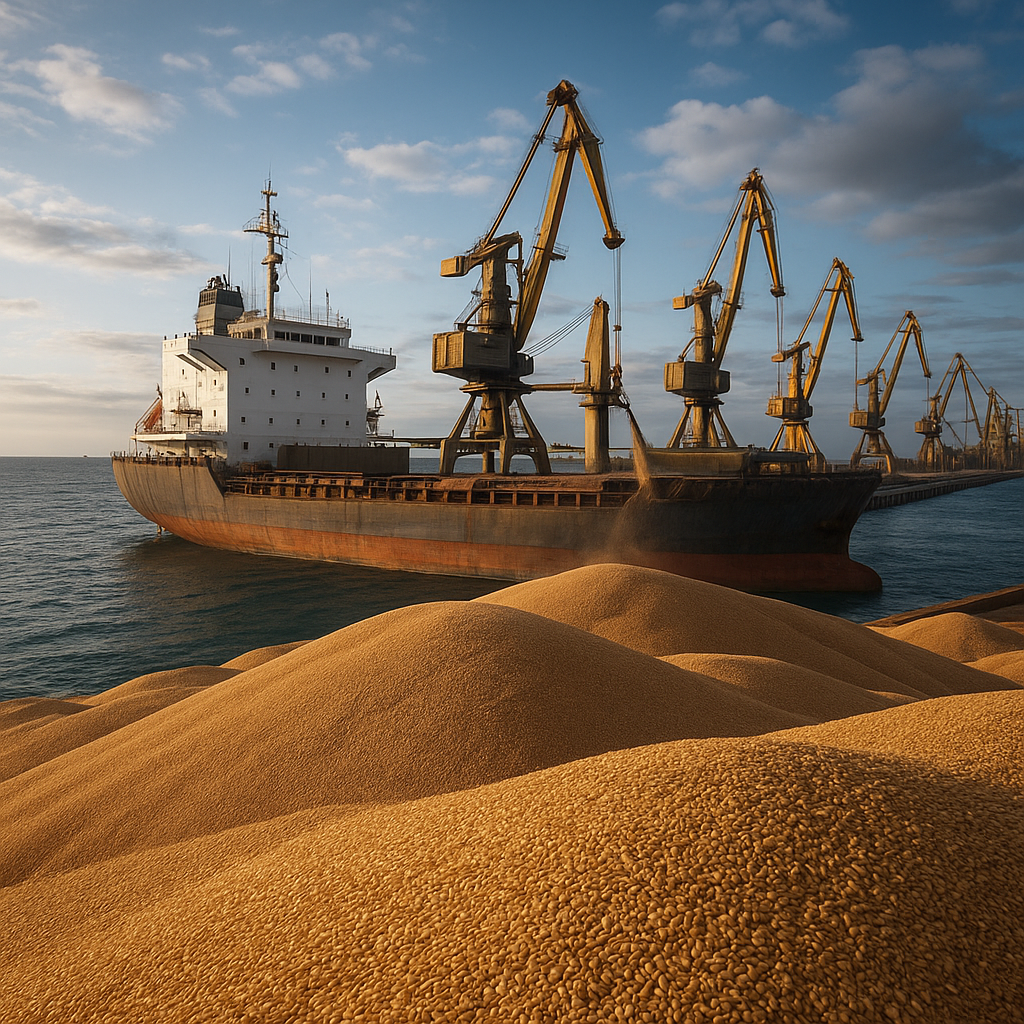The grain market is a dynamic and essential component of the global economy, influencing food security, trade policies, and agricultural practices. Understanding the current trends and predictions in this sector is crucial for farmers, investors, and policymakers alike. This article delves into the various factors affecting the grain market, including supply and demand dynamics, technological advancements, and geopolitical influences, while also providing insights into future trends that could shape the industry.
Current Trends in the Grain Market
Several key trends are currently shaping the grain market, driven by a combination of environmental, economic, and technological factors. These trends not only affect grain prices but also influence agricultural practices and food production systems worldwide.
1. Supply Chain Disruptions
Recent global events, including the COVID-19 pandemic and geopolitical tensions, have highlighted vulnerabilities in the grain supply chain. Disruptions in transportation, labor shortages, and export restrictions have led to fluctuations in grain availability and prices. For instance, the conflict in Eastern Europe has significantly impacted wheat exports, particularly from Ukraine and Russia, which are among the world’s largest producers. As a result, countries that rely heavily on imports have faced increased prices and food insecurity.
2. Climate Change and Sustainability
Climate change is increasingly affecting agricultural productivity, with extreme weather events such as droughts, floods, and heatwaves impacting crop yields. Farmers are adapting by adopting more sustainable practices, such as crop rotation, cover cropping, and precision agriculture. These methods not only help mitigate the effects of climate change but also improve soil health and biodiversity. Additionally, there is a growing demand for organic and sustainably sourced grains, driven by consumer preferences for healthier and environmentally friendly food options.
3. Technological Advancements
The integration of technology in agriculture is revolutionizing grain production. Innovations such as genetically modified organisms (GMOs), drones, and artificial intelligence (AI) are enhancing crop yields and efficiency. For example, precision farming techniques allow farmers to monitor soil health and crop conditions in real-time, enabling them to make informed decisions about irrigation, fertilization, and pest control. These advancements not only increase productivity but also reduce waste and environmental impact.
4. Changing Consumer Preferences
Consumer preferences are shifting towards healthier and more diverse diets, leading to increased demand for various grains beyond traditional staples like wheat and rice. Quinoa, barley, and ancient grains are gaining popularity due to their nutritional benefits and versatility in cooking. This trend is prompting farmers to diversify their crops and explore new markets, ultimately contributing to a more resilient grain sector.
Predictions for the Future of the Grain Market
As we look ahead, several predictions can be made regarding the future of the grain market. These forecasts are based on current trends, emerging technologies, and anticipated changes in consumer behavior and global policies.
1. Increased Investment in Sustainable Practices
With growing awareness of environmental issues, it is expected that there will be increased investment in sustainable agricultural practices. Governments and private sectors are likely to support initiatives that promote sustainable farming, such as regenerative agriculture and agroecology. This shift will not only help mitigate the impacts of climate change but also enhance food security by ensuring that agricultural systems are resilient and productive in the long term.
2. Continued Volatility in Prices
The grain market is likely to experience continued price volatility due to various factors, including climate change, geopolitical tensions, and supply chain disruptions. As countries grapple with food security challenges, governments may implement policies that affect trade and export dynamics, further influencing prices. Stakeholders in the grain market must remain vigilant and adaptable to navigate these uncertainties.
3. Technological Integration Will Accelerate
The adoption of technology in agriculture is expected to accelerate, driven by the need for efficiency and sustainability. Innovations such as blockchain for supply chain transparency, AI for predictive analytics, and biotechnology for crop improvement will become increasingly prevalent. These technologies will not only enhance productivity but also provide valuable data for decision-making, ultimately transforming the grain market.
4. Global Collaboration and Trade Agreements
As the world becomes more interconnected, global collaboration and trade agreements will play a crucial role in shaping the grain market. Countries will need to work together to address challenges such as food security, climate change, and resource management. Collaborative efforts may lead to more stable trade relationships and shared best practices, benefiting producers and consumers alike.
Conclusion
The grain market is at a crossroads, influenced by a myriad of factors that will shape its future. Understanding current trends and making informed predictions is essential for all stakeholders involved. As the industry adapts to challenges and embraces opportunities, the focus on sustainability, technological innovation, and global collaboration will be paramount. By staying informed and proactive, farmers, investors, and policymakers can navigate the complexities of the grain market and contribute to a more resilient and secure food system.













